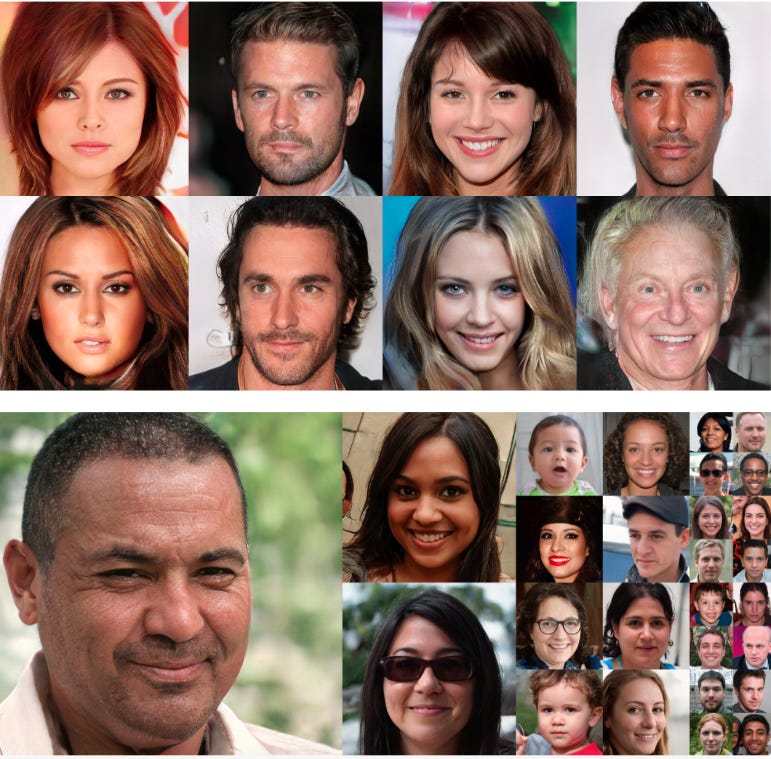An End to End Introduction to GANs using Keras
I bet most of us have seen a lot of AI-generated people faces in recent times, be it in papers or blogs. We have reached a stage where it is becoming increasingly difficult to distinguish between actual human faces and faces that are generated by Artificial Intelligence.
In this post, I will help the reader to understand how they can create and build such applications on their own.
I will try to keep this post as intuitive as possible for starters while not dumbing it down too much.
This post is about understanding how GANs work.



